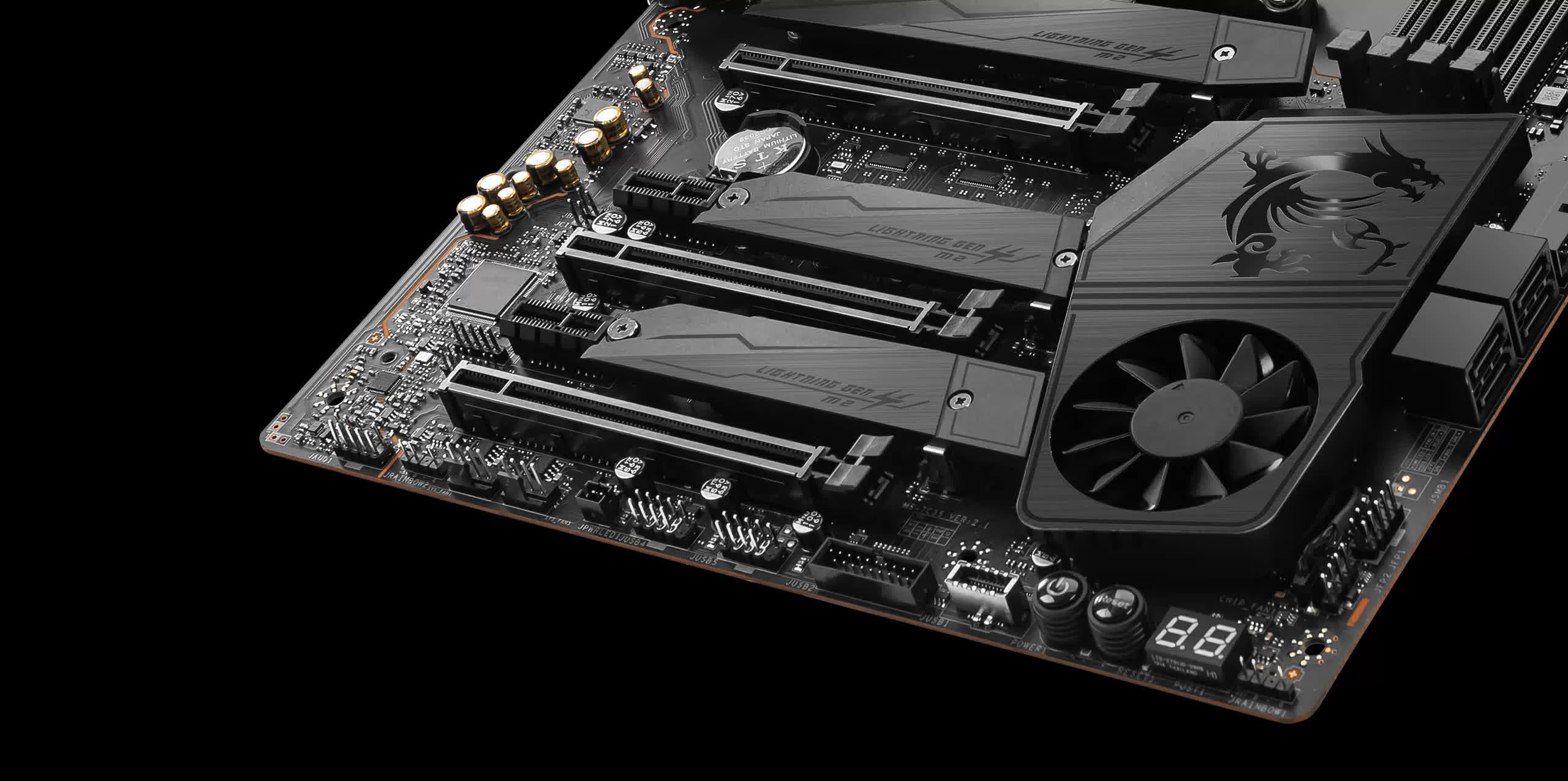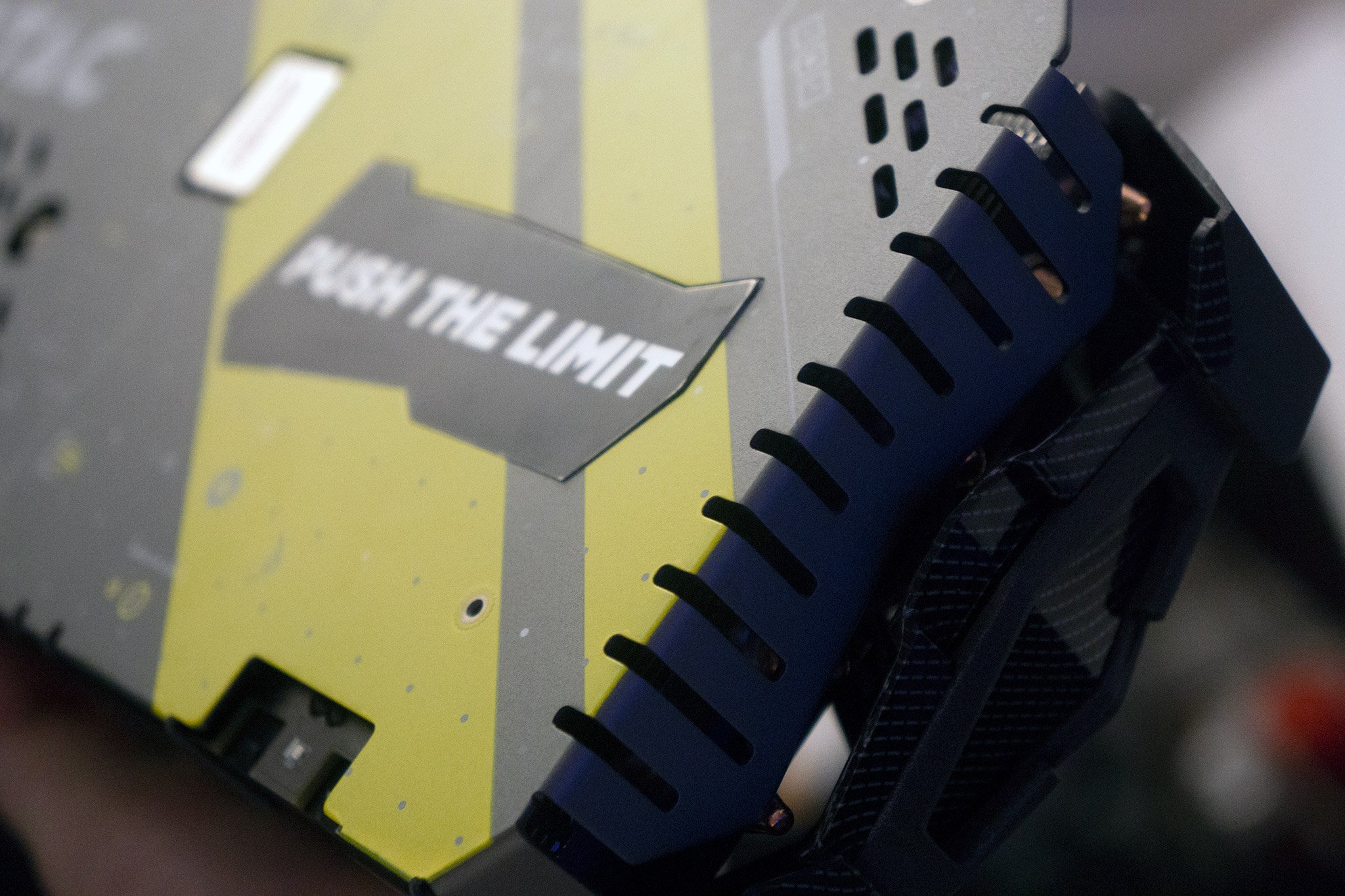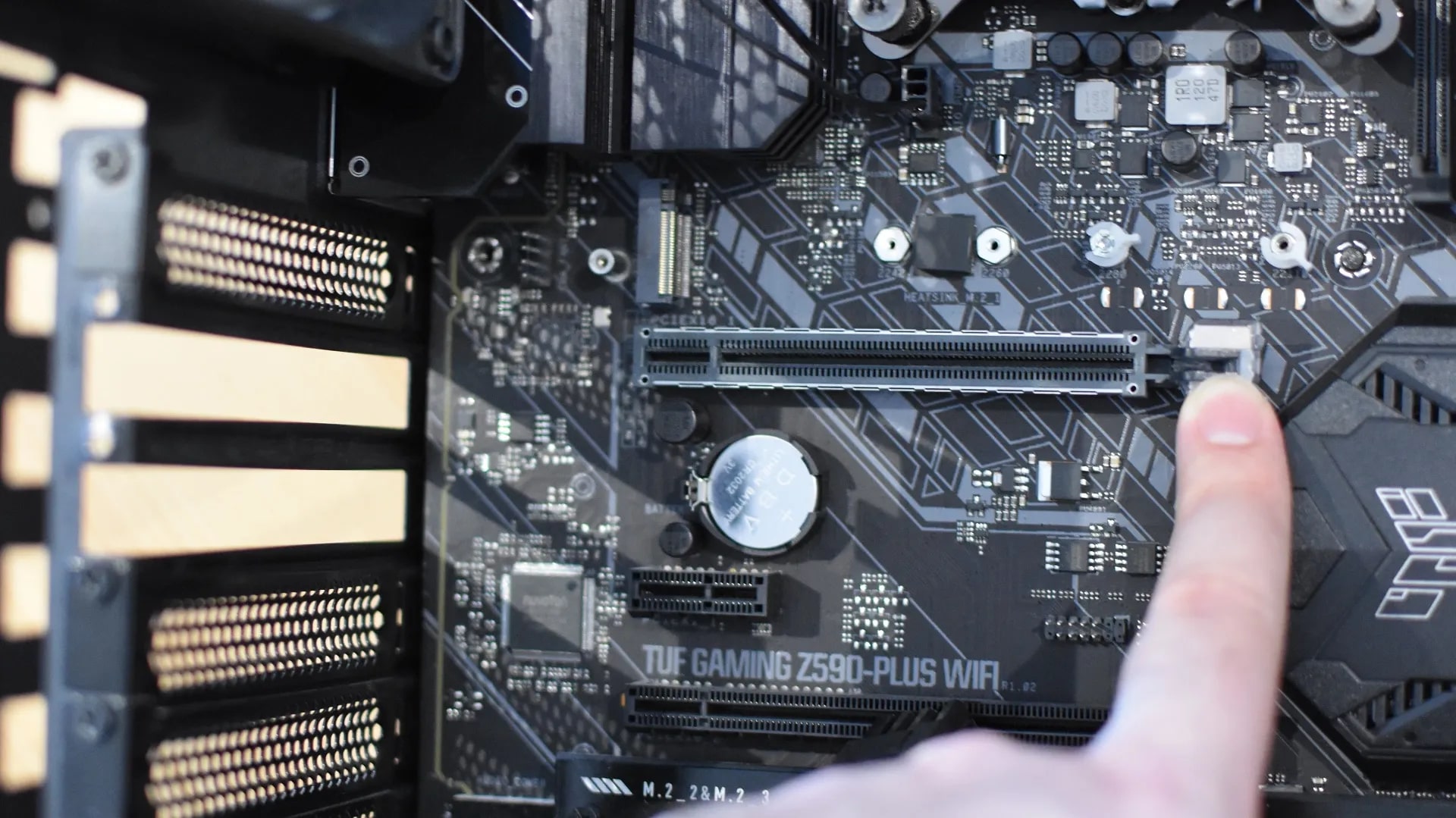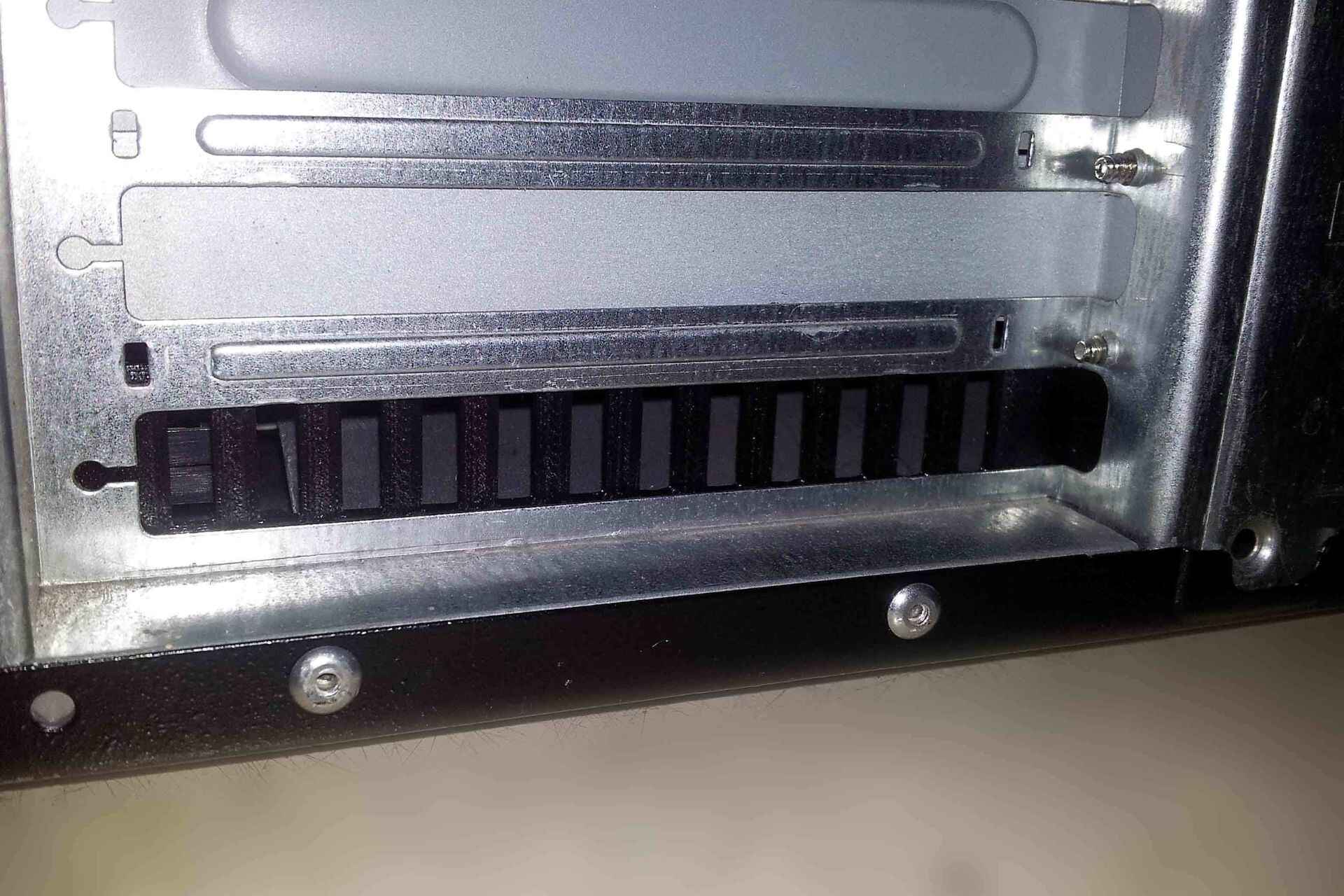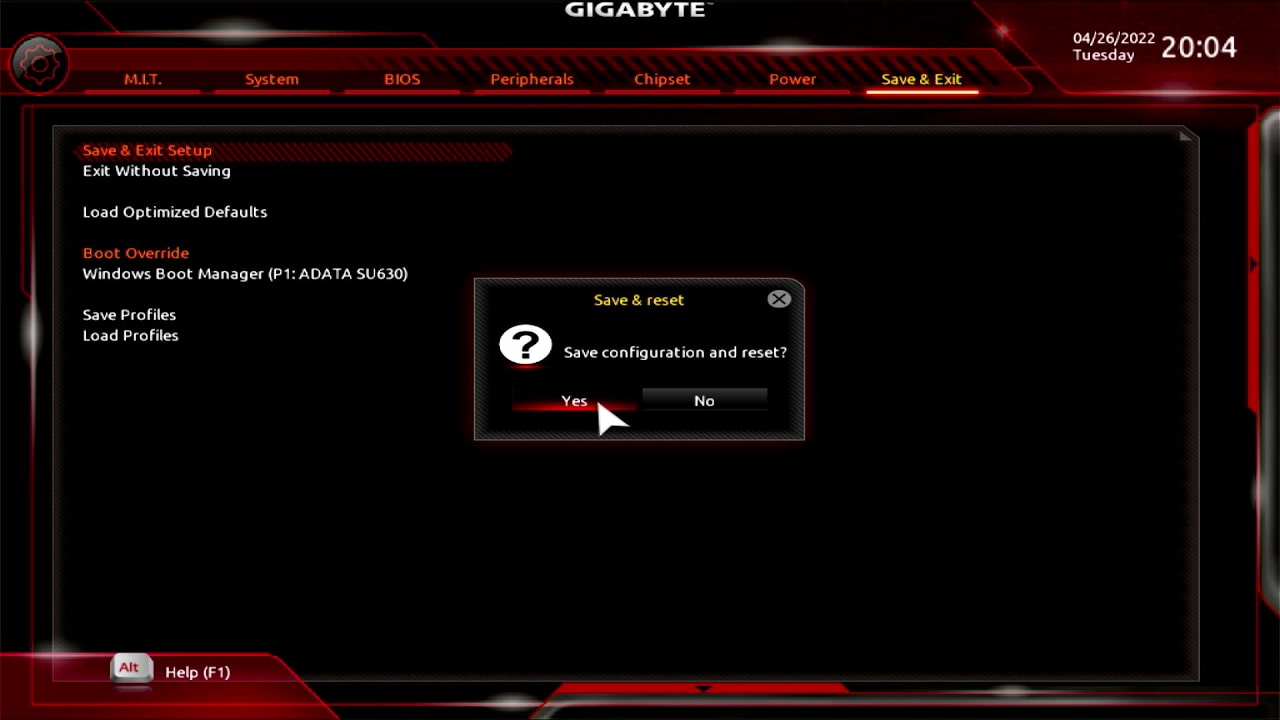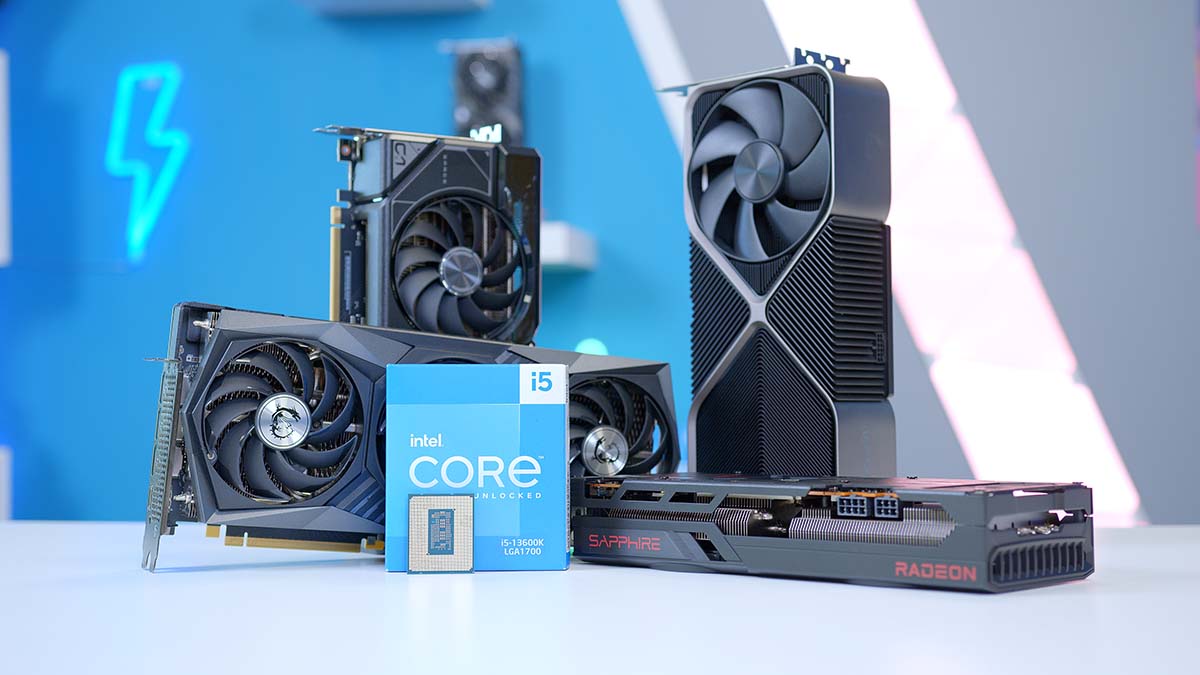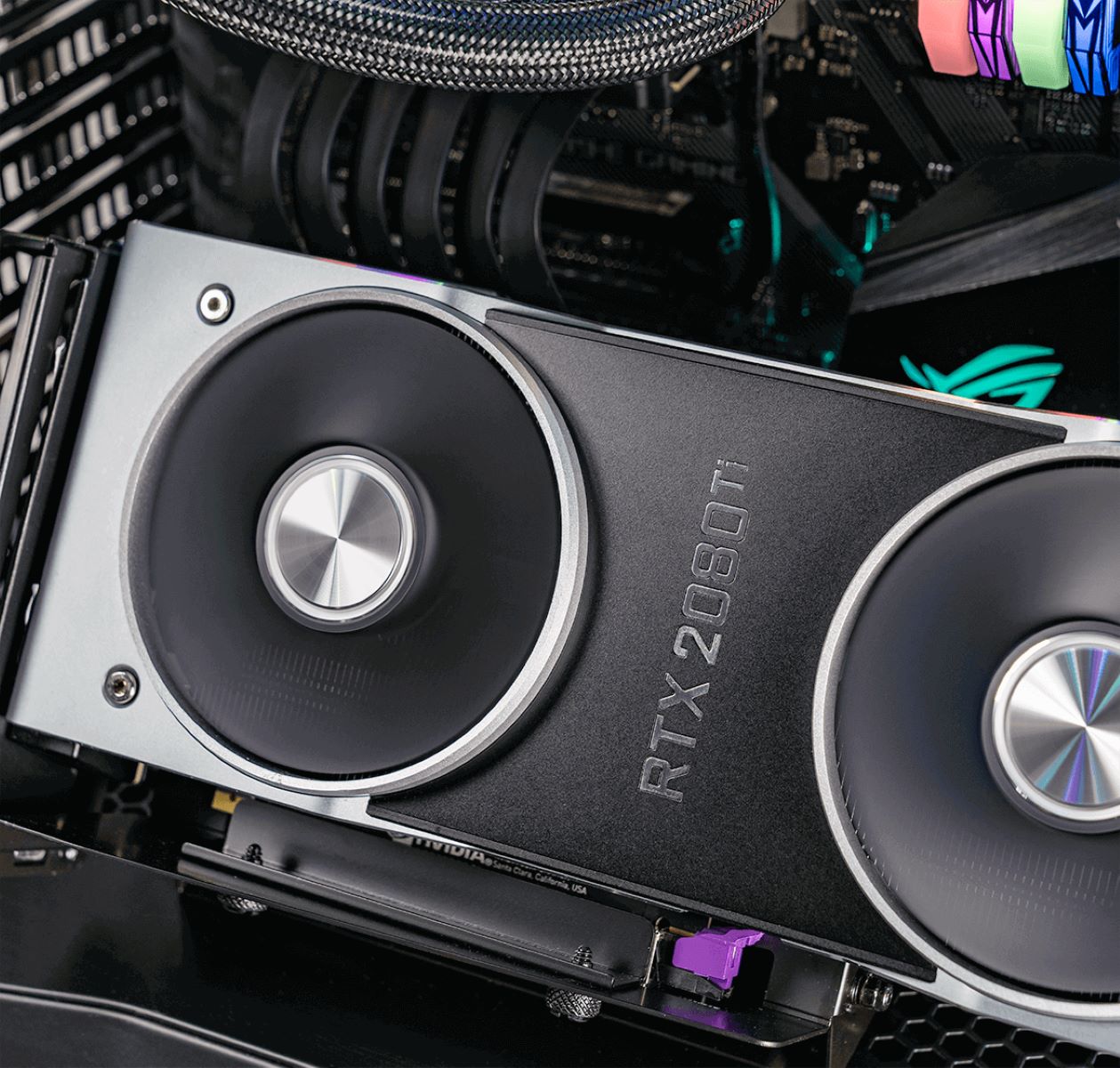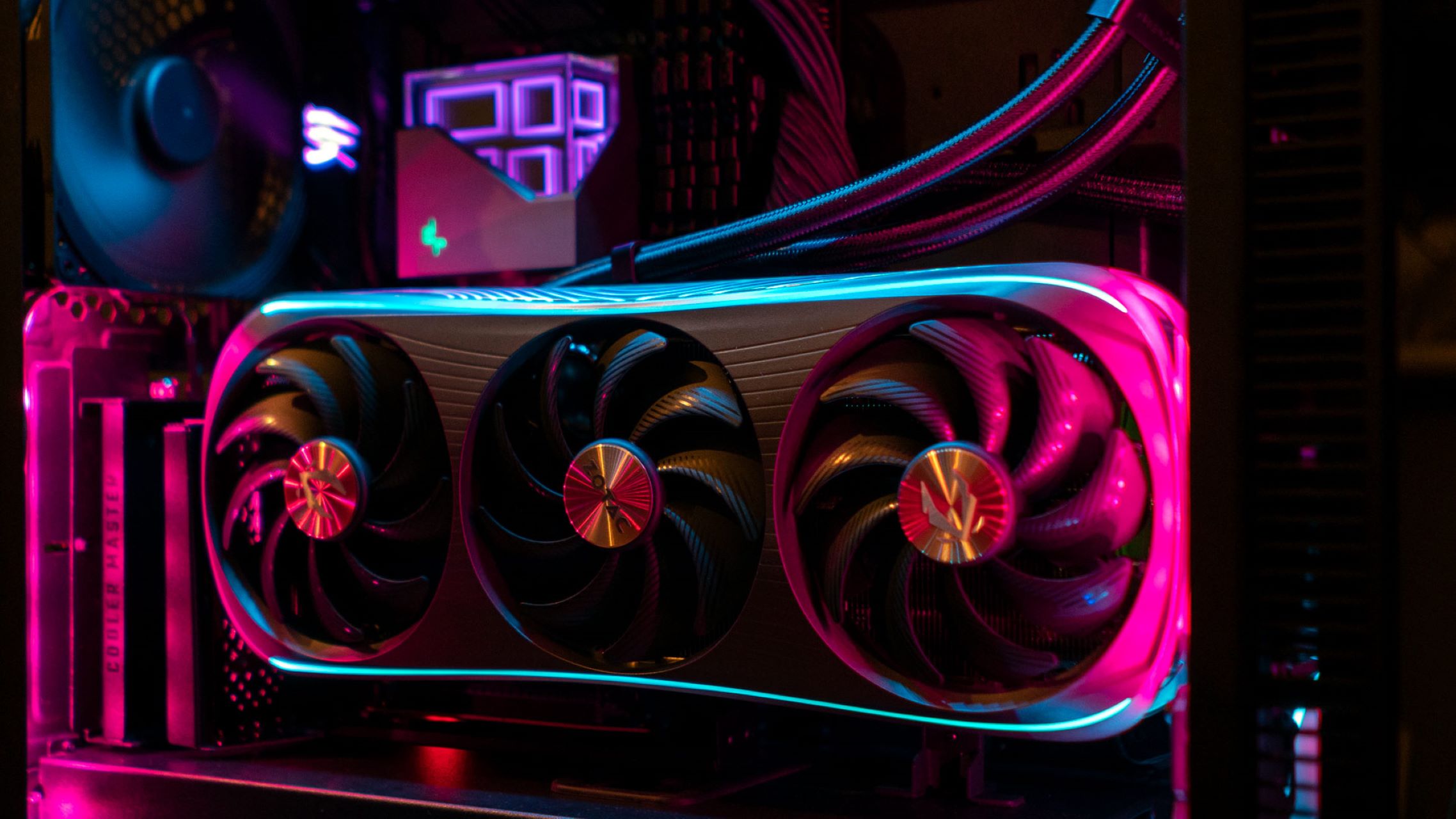Introduction
Welcome to the world of PC gaming! Whether you’re a casual gamer or a professional enthusiast, having a powerful graphics card is essential for an immersive gaming experience. But with different types of PCi slots available, choosing the right one for your graphics card can be a daunting task. In this article, we will provide you with an overview of PCi slots and guide you in determining which PCi slot is best for your graphics card.
PCi slots are the expansion slots found on the motherboard of a computer. These slots allow you to connect different devices to your computer, such as graphics cards, sound cards, and network adapters. Each PCi slot has its own specifications and bandwidth capabilities, and it’s important to understand these differences to ensure compatibility and optimal performance.
A graphics card, often referred to as a GPU (Graphics Processing Unit), is responsible for rendering images, videos, and animations on your computer screen. It processes and accelerates the graphical output, allowing you to enjoy smooth gameplay and visually stunning graphics. Graphics cards come in various models and configurations, ranging from entry-level options to high-end gaming powerhouse.
Now, let’s dive into the different types of PCi slots commonly used for graphics cards.
Overview of PCi Slots
PCi slots, also known as Peripheral Component Interconnect slots, are standard expansion slots found on the motherboard of a computer. These slots allow you to connect various devices to your computer, such as graphics cards, sound cards, network adapters, and storage devices. PCi slots come in different sizes, configurations, and speeds, offering different levels of performance and compatibility.
The most common types of PCi slots are PCi Express (PCIe) slots, including PCi Express x16, PCi Express x8, PCi Express x4, and PCi Express x1. The “x” in the slot name represents the number of lanes or pathways available for transferring data between the device and the computer’s CPU.
The PCi Express x16 slot is the most commonly used slot for graphics cards. It provides the highest bandwidth and is designed to accommodate high-performance GPUs. This slot offers 16 lanes, allowing for maximum data transfer and optimal performance for demanding applications like gaming and video editing.
The PCi Express x8 slot, as the name suggests, offers eight lanes for data transfer. While it provides less bandwidth than the x16 slot, it is still suitable for mid-range graphics cards and offers decent performance in most gaming scenarios. If you’re not a hardcore gamer or working with resource-intensive applications, the x8 slot can be a cost-effective option.
The PCi Express x4 slot provides four lanes for data transfer. This slot is typically used for other expansion cards like sound cards, network adapters, or RAID controllers. While it can support a graphics card, it may not provide enough bandwidth for high-end gaming or graphics-intensive applications.
The PCi Express x1 slot is the smallest and offers one lane for data transfer. It is primarily used for low-profile expansion cards like Wi-Fi adapters, sound cards, and small peripherals. While a graphics card can technically be installed in this slot, it is not recommended as it will severely limit the card’s performance due to the limited bandwidth.
Understanding the different types of PCi slots and their capabilities is crucial when choosing the right slot for your graphics card. Selecting the appropriate slot ensures compatibility, optimal performance, and an enjoyable gaming experience.
What is a Graphics Card?
A graphics card, also known as a GPU (Graphics Processing Unit), is a specialized piece of hardware responsible for handling the processing and rendering of graphics on a computer. It is an essential component for any gaming or multimedia system that demands high-quality visuals and smooth performance.
The graphics card works in conjunction with the computer’s CPU (Central Processing Unit) to render images, videos, and animations on the display. It takes the raw data from the CPU and processes it into a format that can be displayed on the screen. The graphics card is responsible for tasks such as texture mapping, lighting effects, and shading, which all contribute to the overall visual quality of the content being displayed.
Graphics cards come in various models, offering different levels of performance and capabilities. The two major manufacturers of graphics cards are NVIDIA and AMD. Both companies design and produce a range of cards that cater to different needs and budgets.
When choosing a graphics card, there are a few key factors to consider:
- Performance: The performance of a graphics card is determined by factors such as the number of processing cores, clock speed, memory capacity, and memory bandwidth. Higher-end cards usually offer better performance, allowing for smoother gameplay and more detailed visuals.
- Compatibility: It is important to ensure that the graphics card is compatible with your computer’s hardware and operating system. This includes checking if the card fits in the available PCi slot, whether the power supply can provide enough power, and whether the drivers are compatible with the operating system.
- Connectivity: Graphics cards often come with various ports for connecting to the display, such as HDMI, DisplayPort, and DVI. It is crucial to choose a card that has the necessary ports to connect to your monitor or other display devices.
- Heat and Power Consumption: High-performance graphics cards can generate a significant amount of heat and consume a lot of power. It is important to ensure that your computer’s cooling system is capable of dissipating the heat generated by the card, and that your power supply can provide enough power to support the graphics card.
Having a powerful graphics card can greatly enhance your gaming and multimedia experience, allowing you to enjoy stunning visuals and smooth gameplay. Understanding the basics of what a graphics card is and what to consider when choosing one will help you make an informed decision and get the most out of your system.
Different Types of PCi Slots for Graphics Card
When it comes to connecting a graphics card to your computer, there are several different PCi slots to choose from. Each type of PCi slot has its own characteristics and is designed to accommodate different types of devices, including graphics cards. Understanding the different types of PCi slots will help you determine which one is best suited for your graphics card.
The most common PCi slot for graphics cards is the PCi Express (PCIe) slot. PCIe slots come in different sizes, denoted by the number of lanes they provide for data transfer. The most frequently used PCIe slots for graphics cards are PCi Express x16, PCi Express x8, PCi Express x4, and PCi Express x1.
The PCi Express x16 slot is the most widely used and offers the highest bandwidth. This slot is designed to accommodate high-powered graphics cards and offers 16 lanes for data transfer. It provides the best performance and is ideal for gamers and professionals who require top-tier graphics capabilities.
The PCi Express x8 slot provides eight lanes for data transfer, offering slightly less bandwidth compared to the x16 slot. This slot is suitable for mid-range graphics cards and can provide decent performance in most gaming scenarios. It is a cost-effective option for those who don’t require the absolute highest performance.
The PCi Express x4 slot is less common for graphics cards but is often used for other expansion cards like sound cards or network adapters. It provides four lanes for data transfer, providing less bandwidth than the x8 slot and limiting the performance potential of high-end graphics cards. However, it can still accommodate lower-end or older graphics cards adequately.
The PCi Express x1 slot is the smallest and offers only one lane for data transfer. While it is primarily used for low-profile expansion cards like Wi-Fi adapters or sound cards, it is technically possible to install a graphics card in this slot. However, due to its limited bandwidth, the performance of the graphics card would be severely hampered.
When selecting the PCi slot for your graphics card, it is essential to consider the requirements of your particular card, as well as your own needs and budget. If you have a high-performance graphics card and want optimal performance, go for the PCi Express x16 slot. However, if you’re on a budget or have a mid-range graphics card, the PCi Express x8 slot should suffice. Ensure that your motherboard has the appropriate PCi slot available to ensure compatibility.
Understanding the different types of PCi slots for graphics cards allows you to make an informed decision and ensure that your graphics card can perform optimally within your computer system.
PCi Express x16 Slot
The PCi Express x16 slot is the most commonly used and widely recognized slot for graphics cards. It offers the highest bandwidth and is specifically designed to accommodate high-performance GPUs (Graphics Processing Units).
The “x” in PCi Express x16 represents the number of lanes available for data transfer between the graphics card and the computer’s CPU. In the case of the x16 slot, it provides 16 lanes, allowing for maximum data transfer and optimal performance.
The PCi Express x16 slot is the ideal choice for gaming enthusiasts, professionals working with graphics-intensive applications, and anyone who demands high-quality visuals. It can handle the most demanding games and applications, delivering smooth gameplay and stunning graphics.
The x16 slot supports a wide range of graphics cards, from entry-level options to high-end gaming powerhouses. It provides ample power and bandwidth to ensure that the graphics card can utilize its full potential.
Installing a graphics card in the PCi Express x16 slot is relatively simple. The slot is longer and has a larger physical size compared to other PCi slots, ensuring compatibility with modern graphics cards. However, it’s essential to verify that your motherboard has an available x16 slot before purchasing a graphics card.
One advantage of the PCi Express x16 slot is its versatility. While it is primarily designed for graphics cards, it can accommodate other PCi-based expansion cards, such as RAID controllers or high-speed networking cards, providing added flexibility for expanding your computer’s capabilities.
It’s worth noting that even if your graphics card is physically larger or longer than the x16 slot, it can still be installed as long as the card’s specifications are compatible with the x16 slot. Some graphics cards may include multiple PCi Express connectors to make them compatible with various PCi slot sizes.
When selecting a graphics card for the PCi Express x16 slot, consider factors like performance, cooling capabilities, and power requirements. Ensure that your power supply is sufficient to handle the graphics card’s power demands, and your computer’s cooling system can dissipate the heat generated by the card.
Overall, the PCi Express x16 slot is the go-to option for those seeking the best performance and compatibility with high-end graphics cards. It offers the highest bandwidth and is a must-have for gamers, content creators, and anyone looking to experience top-tier visual performance.
PCi Express x8 Slot
The PCi Express x8 slot is another commonly used PCi slot for graphics cards. It offers eight lanes for data transfer, providing slightly less bandwidth compared to the PCi Express x16 slot. Despite this, the x8 slot is still suitable for mid-range graphics cards and can deliver decent performance in most gaming scenarios.
The PCi Express x8 slot is a cost-effective option for gamers or professionals who do not require the absolute highest performance but still want a capable graphics card. It can handle a variety of gaming titles and graphics-intensive applications, providing smooth gameplay and impressive visuals.
The x8 slot is compatible with a wide range of graphics cards, making it a versatile choice for different budget levels. It is especially suitable for those who are conscious of their spending but still want a reliable graphics card that can deliver solid performance.
Installing a graphics card in the PCi Express x8 slot is similar to the x16 slot. The x8 slot is physically smaller and has fewer lanes, but it still uses the same basic installation process. However, it’s always important to ensure compatibility with your motherboard by checking the available PCi slots before purchasing a graphics card.
While the PCi Express x8 slot is primarily used for graphics cards, it can also accommodate other PCi-based expansion cards, such as sound cards or RAID controllers. This flexibility allows users to customize their computer systems and add extra functionality beyond graphics capabilities.
It’s essential to consider the power requirements and cooling needs of a graphics card installed in the x8 slot. Ensure that your power supply can provide enough power to support the graphics card, and your computer’s cooling system is capable of dissipating the heat generated during extended usage.
When selecting a graphics card for the PCi Express x8 slot, consider your specific requirements, such as the desired level of performance for your gaming or professional needs. Research and compare different graphics cards to find the best fit for your budget and performance expectations.
Overall, the PCi Express x8 slot provides a cost-effective solution for those who do not require the maximum performance offered by the x16 slot. It is a versatile option for mid-range graphics cards and offers an excellent balance between affordability and performance, making it a popular choice for many gamers and professionals.
PCi Express x4 Slot
The PCi Express x4 slot is a PCi slot designed primarily for other expansion cards, such as sound cards, network adapters, or RAID controllers. While it is less commonly used for graphics cards, it can still accommodate lower-end or older graphics cards.
The PCi Express x4 slot provides four lanes for data transfer, offering less bandwidth compared to the x8 and x16 slots. As a result, the x4 slot may limit the performance potential of high-end graphics cards. However, for less demanding gaming scenarios or basic graphics needs, it can still provide adequate performance.
If you have a dedicated sound card, network adapter, or other expansion cards that require a PCi slot, the PCi Express x4 slot can be a valuable addition. It allows you to optimize the use of your PCi slots by using the x4 slot for non-graphics cards, freeing up the x16 or x8 slots for graphics cards with higher bandwidth requirements.
When installing a graphics card in the PCi Express x4 slot, it’s important to ensure compatibility with your motherboard. Check if your motherboard has an available x4 slot and verify that the graphics card’s specifications are compatible with the slot size. Some graphics cards may require physical modification, such as removing a bracket or using a PCi Express extender, to fit into the x4 slot.
It’s crucial to consider power requirements and cooling capabilities when using the PCi Express x4 slot for a graphics card. Ensure that your power supply can handle the graphics card’s power demands and that your computer’s cooling system is sufficient for dissipating the heat generated during operation.
While the PCi Express x4 slot may not provide the same level of performance as the x8 or x16 slots, it can still be a viable option for certain users. If you have a lower-end graphics card or a more modest gaming setup, the x4 slot can offer a cost-effective solution without compromising functionality.
It’s important to research and compare different graphics cards to find one that aligns with your needs and is compatible with the PCi Express x4 slot. Consider your gaming or professional requirements, as well as your budget, to ensure you get the best value for your money.
In summary, while the PCi Express x4 slot is primarily used for non-graphics cards, it can still support lower-end or older graphics cards. It provides a viable option for users who have specific expansion card needs or have lower performance requirements for their graphics tasks.
PCi Express x1 Slot
The PCi Express x1 slot is the smallest among the PCi Express slots commonly found on motherboards. It provides only one lane for data transfer, offering limited bandwidth compared to the larger PCi Express slots. While it is primarily used for low-profile expansion cards like Wi-Fi adapters or sound cards, it is technically possible to install a graphics card in this slot.
However, it’s important to note that using the PCi Express x1 slot for a graphics card is not recommended. The limited bandwidth of the x1 slot severely restricts the performance potential of the graphics card. The x1 slot is best suited for low-power and small peripherals that do not require high data transfer speeds.
If you’re a gamer or professional who requires optimal graphics performance, it is highly recommended to use the larger x16 or x8 slots for your graphics card. These slots offer higher bandwidth and are designed specifically for high-performance GPUs.
In some rare cases, due to limited available PCi slots on a motherboard, users may attempt to install a graphics card in the PCi Express x1 slot as a last resort. However, it’s important to be aware that the graphics card’s performance will be severely limited, resulting in subpar graphics rendering and gameplay experience.
When it comes to power requirements and cooling needs, the PCi Express x1 slot generally does not have the capability to provide sufficient power or cooling for a graphics card. It is crucial to ensure that your power supply can supply enough power and that your cooling system is adequate before attempting to install a graphics card in the PCi Express x1 slot.
While the PCi Express x1 slot is not intended for graphics cards, it can still provide value by accommodating other low-power expansion cards. Wi-Fi adapters, sound cards, and small peripherals can benefit from the x1 slot, offering additional functionality to your computer system.
In summary, the PCi Express x1 slot should be reserved for low-power expansion cards and peripherals, rather than graphics cards. If you require optimal graphics performance, it is highly recommended to utilize the larger PCi Express x16 or x8 slots, which offer higher bandwidth and better compatibility with high-performance GPUs.
Which PCi Slot is Best for Your Graphics Card?
Choosing the best PCi slot for your graphics card depends on various factors, including the specific requirements of your graphics card, your budget, and your desired level of performance.
If you have a high-performance graphics card and want to extract its maximum potential, the PCi Express x16 slot is the recommended choice. The x16 slot offers the highest bandwidth and is specifically designed to accommodate high-powered graphics cards. This slot provides optimal performance for demanding applications like gaming and video editing.
For mid-range graphics cards or users on a budget, the PCi Express x8 slot can be a viable option. While it offers slightly less bandwidth compared to the x16 slot, it can still provide decent performance for most gaming scenarios. The x8 slot is a cost-effective choice that strikes a balance between affordability and performance.
If you have other expansion cards or peripherals that require a PCi slot, such as sound cards or network adapters, consider utilizing the PCi Express x4 slot. While it offers less bandwidth compared to the x8 and x16 slots, it can still accommodate lower-end or older graphics cards adequately. This option allows for the optimization of PCi slot usage and provides added flexibility for expanding your computer’s capabilities.
The PCi Express x1 slot, although technically capable of hosting a graphics card, is not recommended for this purpose. The limited bandwidth severely restricts the graphics card’s performance, resulting in subpar visuals and gameplay experience. The x1 slot is better suited for low-power peripherals like Wi-Fi adapters or sound cards.
When considering the PCi slot for your graphics card, it’s important to ensure compatibility between the slot and the graphics card’s specifications. Verify that your motherboard has the appropriate PCi slot available before purchasing a graphics card. Additionally, consider the power requirements and cooling capabilities of the graphics card to ensure your system can handle its demands.
Ultimately, the choice of PCi slot for your graphics card should be based on your specific needs, budget, and desired level of performance. Assess the requirements and capabilities of your graphics card, research different options, and make an informed decision to ensure that your graphics card performs optimally within your computer system.
Conclusion
Choosing the right PCi slot for your graphics card plays a crucial role in ensuring optimal performance and compatibility. The PCi Express x16 slot is the recommended choice for those seeking the highest performance and bandwidth for their high-end graphics cards. It offers the best experience for demanding applications like gaming and video editing.
For mid-range graphics cards or users on a budget, the PCi Express x8 slot provides a cost-effective solution. Although it offers slightly less bandwidth, it can still deliver decent performance in most gaming scenarios, making it a popular choice for many gamers and professionals.
If you have other expansion cards or peripherals, the PCi Express x4 slot allows for additional customization. While primarily used for non-graphics cards, it can accommodate lower-end or older graphics cards if needed, freeing up the larger PCi slots for higher-performance components.
The PCi Express x1 slot, on the other hand, is not recommended for graphics cards. Its limited bandwidth severely restricts performance, and it is better suited for low-power peripherals like Wi-Fi adapters or sound cards.
When selecting a PCi slot for your graphics card, ensure compatibility with your motherboard and consider factors like power supply requirements and cooling capabilities. These factors are crucial to ensure that your graphics card can operate efficiently and reliably within your computer system.
In conclusion, understanding the different types of PCi slots for graphics cards and their respective capabilities allows you to make an informed decision. Consider the requirements of your graphics card, your budget, and your desired level of performance to determine the best PCi slot for your specific needs. With the right PCi slot, you can unlock the full potential of your graphics card and enjoy an immersive and visually stunning gaming or multimedia experience.







